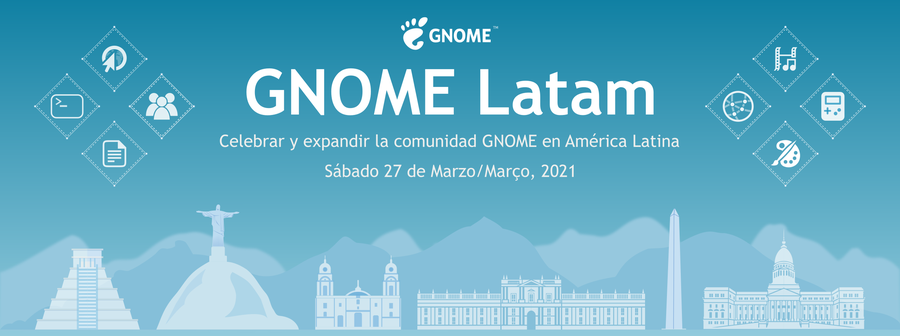We are happy to announce that GNOME was assigned nine slots for Google Summer of Code projects this year!
GSoC is a program focused on bringing new contributors into open source software development. A number of long term GNOME developers are former GSoC interns, making the program a very valuable entry point for new members in our project.
In 2022 we will mentoring the following projects:
| Project Title | Contributor | Assigned Mentor(s) |
|---|---|---|
| Reworking Sync Options for Health | amankrx | Rasmus Thomsen |
| Chromecast support for GNOME Network Displays | Anupam Kumar | Claudio Wunder and Benjaming Berg |
| Pitivi: Port UI to GTK4 | Aryan Kaushik | Alex Băluț and Yatin |
| Faces of GNOME – Continuing the Development of the Platform | Asmit Malakannawar | Claudio Wunder and Caroline Henriksen |
| Revamp “New Document” submenu | Ignacy Kuchciński and Utkarsh Gandhi | António Fernandes |
| Fractal: Media history viewer | Marco Melorio | Julian Sparber |
| GNOME Websites Framework – Part 2 | Pooja Patel | Claudio Wunder and Caroline Henriksen |
| Pitivi Timeline Enhancements | Thejas Kiran P S | Alex Băluț and Fabián Orccón |
As part of the contributor’s acceptance into GSoC they are expected to actively participate in the Community Bonding period (May 20 – June 12). The Community Bonding period is intended to help prepare contributors to start contributing at full speed starting June 13.
The new contributors will soon get their blogs added to Planet GNOME making it easy for the GNOME community to get to know them and the projects that they will be working on.
We would like to also thank our mentors for supporting GSoC and helping new contributors enter our project.
If you have any doubts, feel free to reply to this Discourse topic or message us privately at soc-admins@gnome.org
** This is a repost from https://discourse.gnome.org/t/announcement-gnome-will-be-mentoring-9-new-contributors-in-google-summer-of-code-2022/9918


